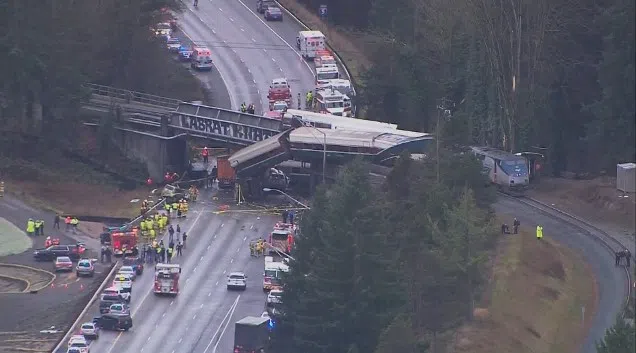
Amtrak train derailed on new, faster route that drew concern
SEATTLE — The Amtrak train that derailed Monday was making the first trip for paying passengers over upgraded tracks in what was promised as a quicker run between Seattle and Portland, Oregon.
The train was travelling a route occasionally used by freight trains until $181 million of improvements that local officials opposed opened the stretch to passenger travel.
At least three people on board were confirmed killed, authorities said, when 13 train cars jumped the tracks, setting off a chain reaction in which several vehicles on Interstate 5 below also were hit.
A U.S. official who was briefed on the investigation said earlier that at least six people were killed. The difference in the number of fatalities could not immediately be reconciled. The official was not authorized to discuss the investigation publicly and spoke to The Associated Press on condition of anonymity.


